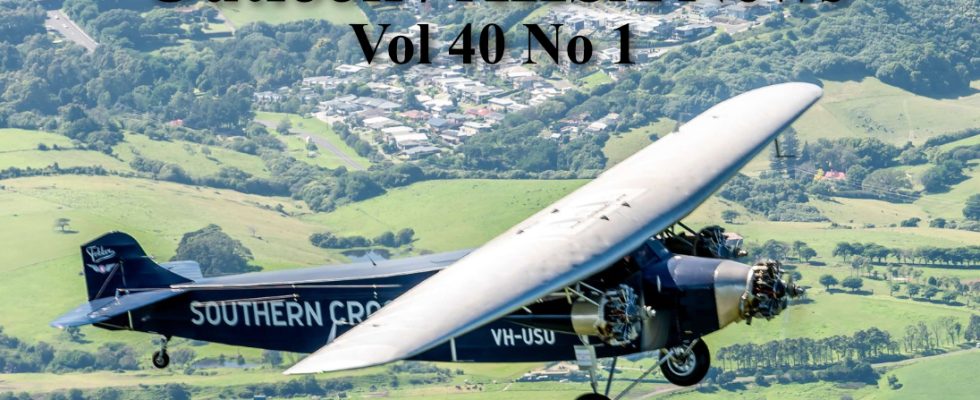The February 2024 edition of Outlook / AHSA News was distributed to members recently.
This edition can be read online in the viewer below.

The February 2024 edition of Outlook / AHSA News was distributed to members recently.
This edition can be read online in the viewer below.